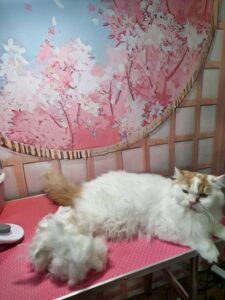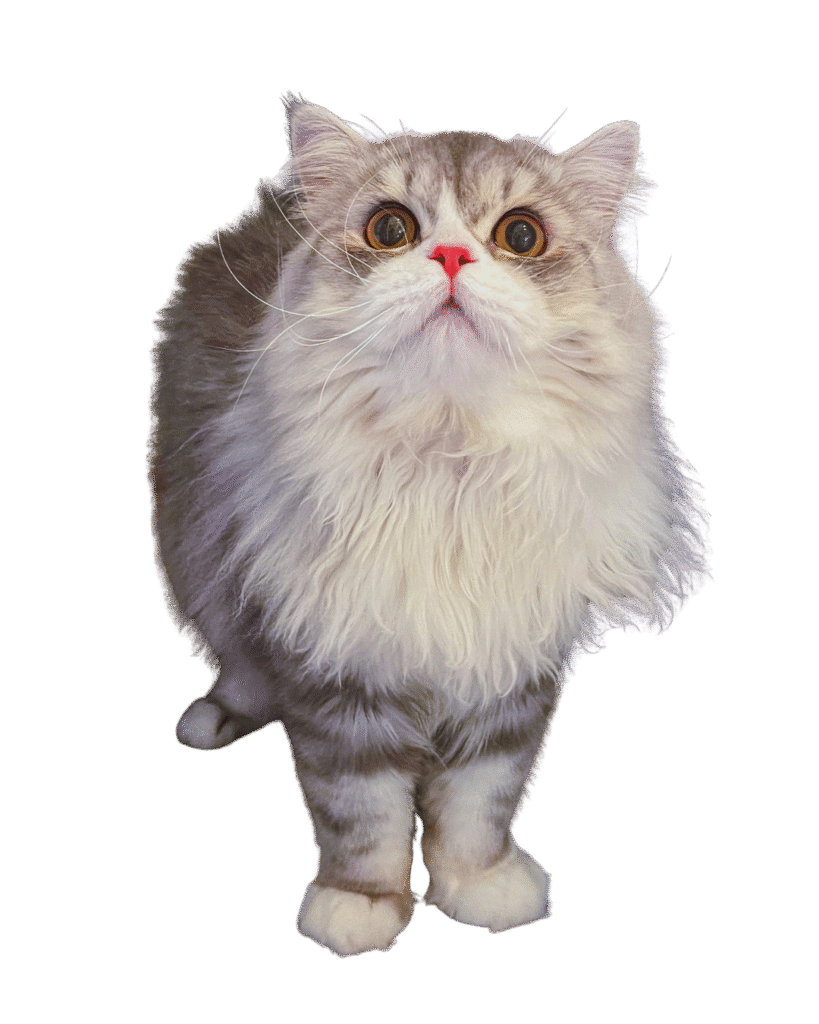Cat body language might seem mysterious at first, but your cat’s tail is one of the clearest windows into how they’re feeling. Learning to interpret these subtle signs can help you build trust, avoid misunderstandings, and create a more fulfilling relationship with your feline companion.
What Does the Tail Say?
Your cat’s tail is a highly expressive tool. When held high and upright, it usually signals confidence and happiness. A gently swaying tip may indicate curiosity or mild irritation. On the other hand, a puffed-up tail is a classic sign of fear or defensiveness — your cat is trying to appear larger to ward off potential threats.
A tail tucked tightly between the legs often suggests submission or stress. If you’re boarding your cat at a hotel or new environment, recognizing these signs becomes essential. Cat body language helps caregivers gauge how your cat is adjusting to the surroundings.
The Ears, Eyes, and Expression
It’s not just about the tail. Ears and eyes are equally telling when it comes to cat body language. Upright, relaxed ears mean your cat feels secure. If they swivel quickly or flatten to the sides, it’s often a sign of fear or irritation.
The eyes also say a lot. Wide, dilated pupils may show excitement or fear, depending on the context. If your cat slowly blinks at you, consider it the feline version of a kiss — it’s a sign of comfort and affection.
Posture and Sounds: What the Body Tells You
The rest of your cat’s body provides even more insight. A relaxed cat may lie on its side, stretch out, or loaf contentedly with paws tucked. A crouched or rigid body, especially with a lashing tail, signals tension or unease.
Vocalizations also complement cat body language. Purring usually indicates contentment, but in some cases, it can signal anxiety or even pain. Hissing is always a defensive warning, and growling should never be ignored. Meows, of course, come in many flavors — attention-seeking, greeting, or even just storytelling.
The “Venus Cat Trap” Myth
One of the more amusing parts of cat body language is the famous “Venus Cat Trap.” A cat rolling onto its back and exposing its belly looks like an open invitation. But for most cats, it’s not. While this position does indicate comfort and trust, it’s also a vulnerable state. Trying to pet the belly could lead to a quick swipe if your cat feels surprised or threatened.
This doesn’t mean your cat is mean — it just means belly rubs aren’t always part of their love language.
Context is Everything
Always interpret cat body language in context. A wagging tail may mean irritation in one moment, or excitement in another. Consider the setting, the people or animals nearby, and your cat’s history. A well-socialized, confident cat may be more expressive than a shy or previously mistreated one.
When choosing a cat hotel, it’s important that the staff understands these non-verbal cues. Reading cat body language helps ensure your pet feels safe, seen, and cared for, especially in a new environment.
Final Thoughts
Paying attention to cat body language deepens your relationship with your cat and helps you respond to their needs. Tail movements, ear angles, eye shapes, and body posture all offer a glimpse into your cat’s emotional world.
Get to know your cat’s personal “vocabulary.” Over time, you’ll start to notice their unique ways of saying “hello,” “leave me alone,” or “I love you.” And that’s the beauty of living with a cat, communication without words.







